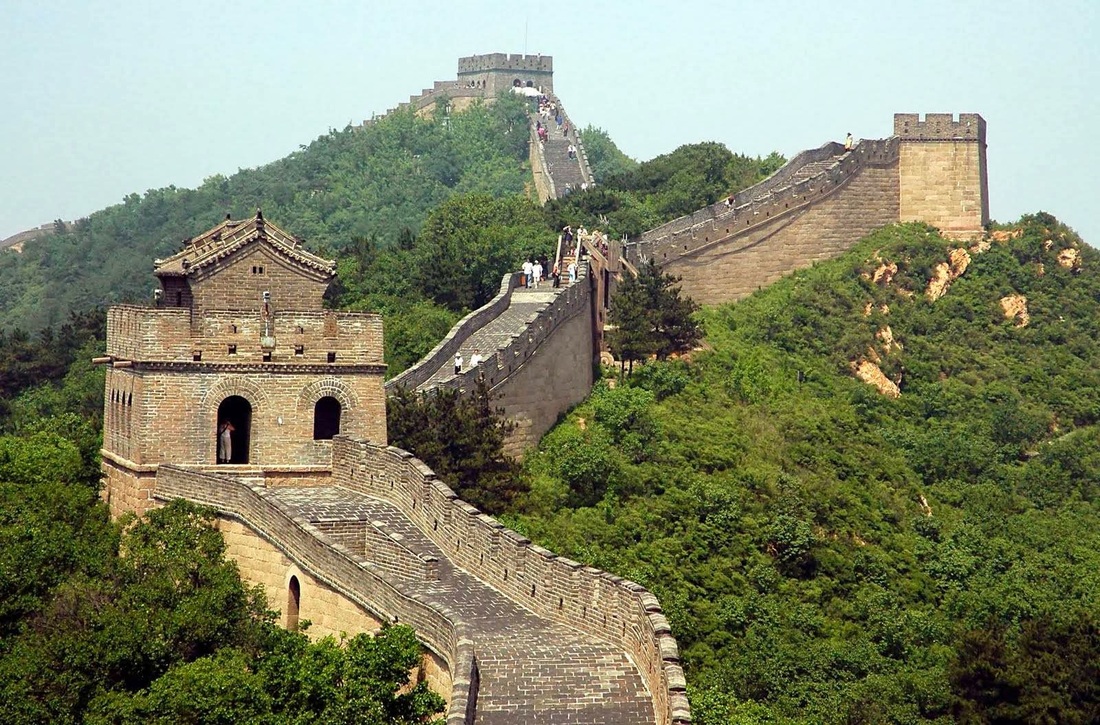

Four Quarters of the SkyĪncient Chinese further divided the sky into four quarters, each consisting of 7 major constellations. The book also mentioned the 24 Solar Terms, that represent 24 seasonal turning points in a year, which is still part of the Chinese calendar today. The first five chapters describe the characters of the five major planets in the solar system, and the last three discuss the orbits of Jupiter, Venus and Mars, their revolving direction and speed, and the influences of their movements on human activities, especially in the military, political, social and agricultural areas. The Five Star Oracle consists of nine chapters: This vast complex of terracotta statuary, weapons and other treasures-including the tomb of Qin Shi Huang himself-is now famous as the Terracotta Army.The earliest record that documents the relationship between the five planets and the five agents is The Five Star Oracle, which was unearthed from Mawangdui Lady’s tomb, dating back to 170 BC in the Warring States period, the first golden age of the ancient Chinese cosmological development.
ANCIENT CHINESE FEUDAL KINGDOMS PLUS
Just short of a mile away, outside the eastern gate of the underground city, Qin Shi Huang developed an army of life-size statues-almost 8,000 terracotta warriors and 600 terracotta horses, plus chariots, stables and other artifacts. It now stands as one of the seven wonders of the world.ĭesigned as an underground city from which Qin Shi Huang would rule in the afterlife, the complex includes temples, huge chambers and halls, administrative buildings, bronze sculptures, animal burial grounds, a replica of the imperial armory, terracotta statues of acrobats and government officials, a fish pond and a river. Qin Shi Huang Tombįor his most brash creation, Qin Shi Huang sent 700,000 workers to create an underground complex at the foot of the Lishan Mountains to serve as his tomb. Weapons from Qin conquests were collected and melted down, to be used for the casting of giant statues in the capital city Xianyang. As part of the university effort, older philosophical texts were confiscated and restricted (though not destroyed, as accounts during the Han Dynasty would later claim).Įach time Qin made a new conquest, a replica of that state’s ruling palace was constructed across from Qin Shi Huang’s Palace along the Wei River, then linked by covered walkways and populated by singing girls brought in from the conquered states. The new script enabled parts of the empire that did not speak the same language to communicate together, and led to the founding of an imperial academy to oversee all texts.

This script was simplified to allow faster writing, useful for record keeping. One of the most important outcomes of the Qin conquest was the standardization of non-alphabetic written script across all of China, replacing the previous regional scripts. Qin Shi Huang worked quickly to unify his conquered people across a vast territory that was home to several different cultures and languages. Citizens were discouraged from using the emperor’s personal name in documents, and anyone who revealed his location would face execution. In 229 B.C., the Qin seized Zhao territory and continued until they seized all five Zhou states to create a unified Chinese empire in 221 B.C.Īdvised by the sorcerer Lu Sheng, Qin Shi Huang traveled in secrecy through a system of tunnels and lived in secret locations to facilitate communing with immortals. Qin Shi Huang began a militarily-driven expansionist policy. As the ruler of Qin, Ying Zheng took the name Qin Shi Huang Di (“first emperor of Qin”), which brings together the words for “Mythical Ruler” and “God.”


 0 kommentar(er)
0 kommentar(er)
